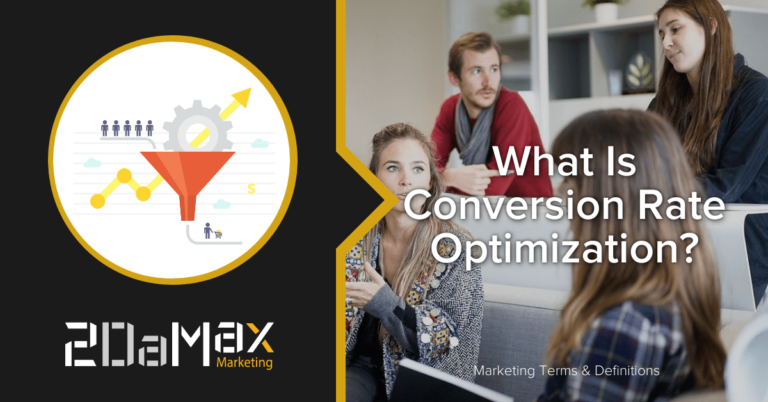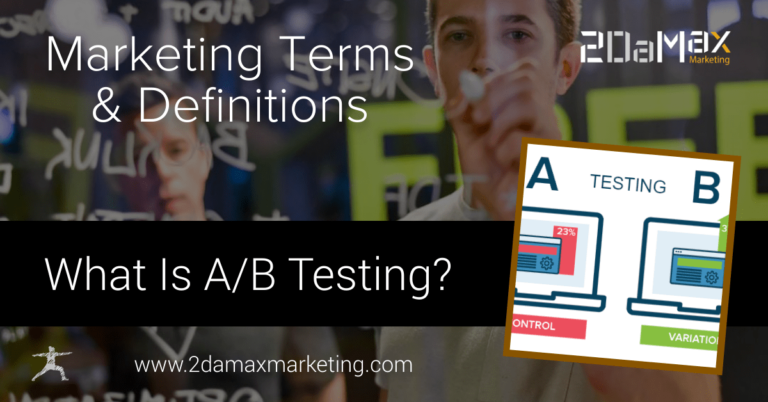Landing Page
A landing page is a single web page with the sole purpose of converting visitors into customers. That means that a landing page is made specifically to drive conversion, usually through a form of lead generation. If a visitor arrives on a landing page and doesn’t convert, the page is considered a waste of time and money. But that’s why you build A/B tests; to figure out what converts best.







